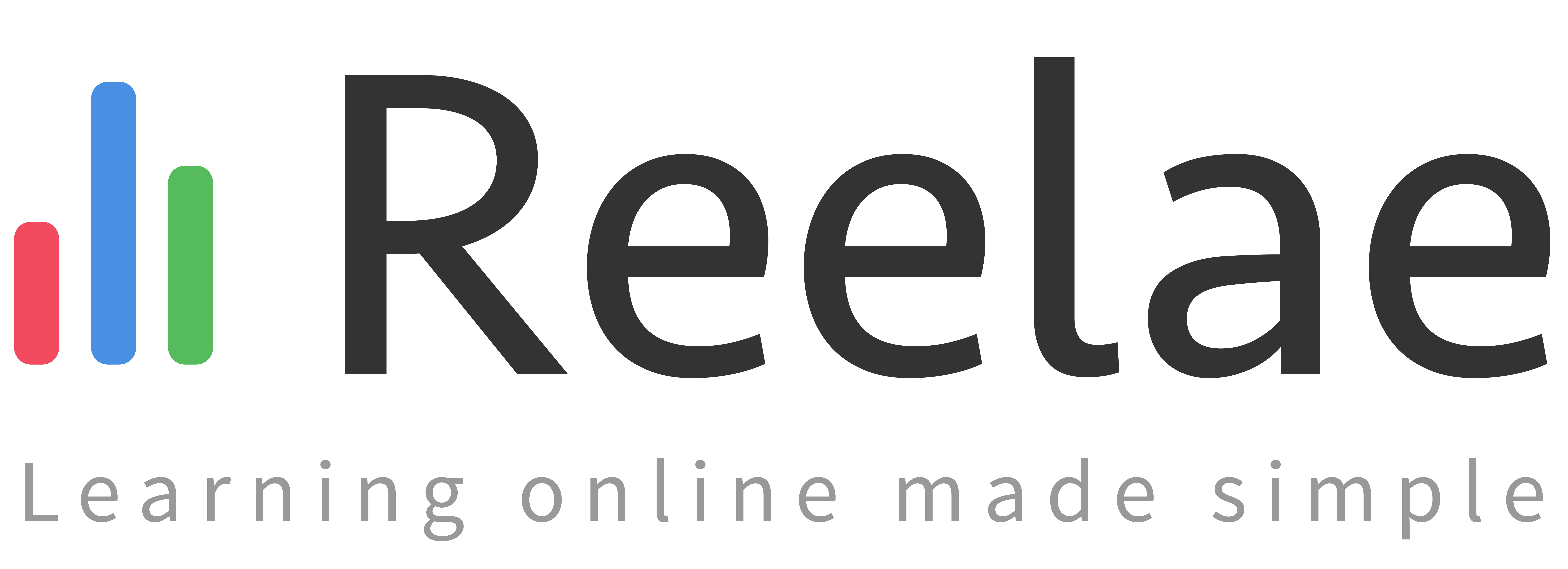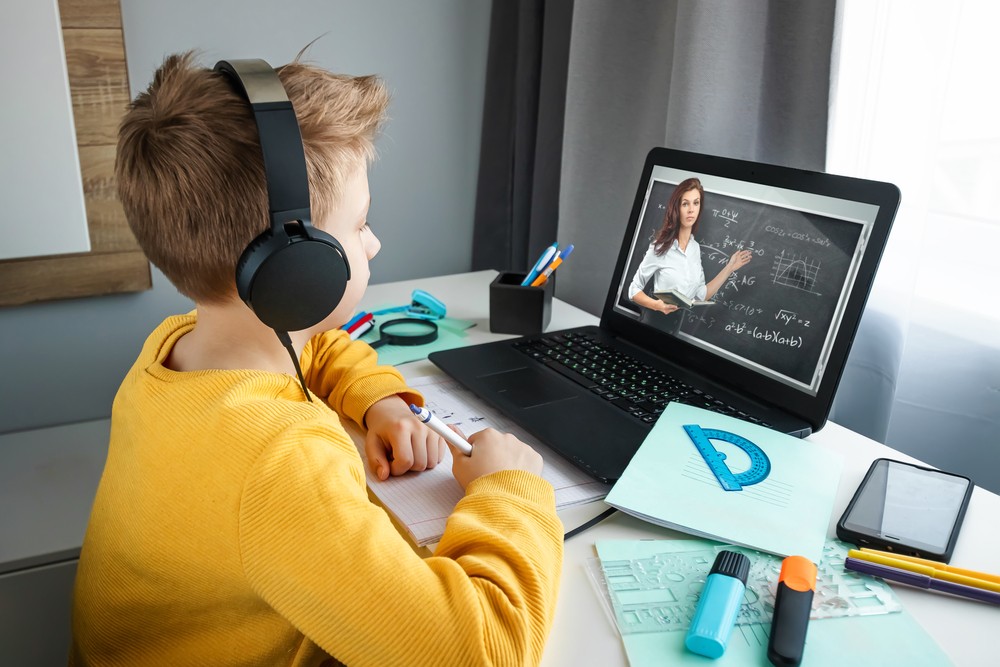The landscape of learning is ever-changing and is mostly attributed to the widespread integration of technology in education. The way our students are taught today is very different from how they were taught fifty or even twenty-five years ago. Much of this innovation is related to the growth of technology. Computers have become extremely valuable teaching tools and have opened up a whole new world of blended learning.
Top-tier educational establishments are using dynamic digital tools like e-learning software, alongside more traditional classroom practices to create blended learning models.
Contrary to popular belief, blended learning is not a new concept. One early 2003 study found that 65.2% of higher education institutions offered blended courses (Allen and Seaman 2003).
Despite the acceptance of the effectiveness and predated presence of blended learning, there continues to be some mistrust and ambiguity around it, prompting us to ask the key question: Just what is blended learning? We will delve into what blended learning is, and highlight the benefits it offers institutions and learners.
What is blended learning?
Blended learning is the integration of face-to-face and online instruction and is widely adopted across institutions. Some scholars refer to it as the “new traditional model” or the “new normal” in course delivery.
The multichannel learning method is becoming more and more common. It’s being used in a wide range of learning environments, including primary schools, universities, language schools, professional development centres and online course providers.
Whether a student is learning about mathematics, languages, strategic development or child psychology, they might discover their tutor or learning platform through blended learning elements during the course.
Benefits of blended learning and how an LMS system can help
Studies have shown blended learning can be an engaging and effective teaching approach for students from diverse backgrounds, including students with learning challenges who benefit from having material presented in different modes.
Blended learning aims to combine the strengths of traditional and online methods to give students an engaging educational experience. It is an innovative take on education that not only benefits students but also teachers.
If you are interested in using blended learning, then an LMS system is a necessity. Online education platforms create an interactive space that supports innovative distance learning. It streamlines an institution’s administrative and management burdens to ensure a seamless experience for all those involved. If interactive sessions are part of your blended learning, integrating your chosen tool with your LMS makes sense.
As mentioned before, blended learning not only helps students, but teachers as well. The approach provides the opportunity to make a clear roadmap for learning, like what is expected of each student and requirements to reach the final goal — or grade. With blended learning and the power of e-learning platforms, teachers can track and visualise each student’s progress with analytics. The technology makes it easier to identify signs of a struggling student and take action to remedy their performance.
The future of blended learning
Learning analytics, adaptive learning, calibrated peer reviews, and automated essay scoring are the components of blended learning. This can, as with all technical advancements, be used to save resources and augment the role of the teacher. The technology optimises time spent on tedious marking and other administrative burdens, freeing up a teacher’s time to further improve the learning process.
What is happening now?
With the COVID-19 pandemic, governments across the world temporarily shut down educational institutions to prevent the spread of the virus that has affected more than 1.2 billion children in 186 countries.
In the face of the unprecedented shutdown, universities across the world quickly adapted a remote teaching mode to continue education with minimal disruption. For many, the key challenge was dealing with inadequate digital infrastructure and the lack of online teaching tools. The situation encouraged educators to step up the scope and scale of digital transformation like never before.
Institutions with blended elearning platforms thrived. They were able to adapt to the problems presented by the lockdown to cater to this urgent need for flexible and remote learning.
Visit our website for more information on how blended learning is becoming the “new normal” and how your institution can incorporate it into the curriculum next semester.





